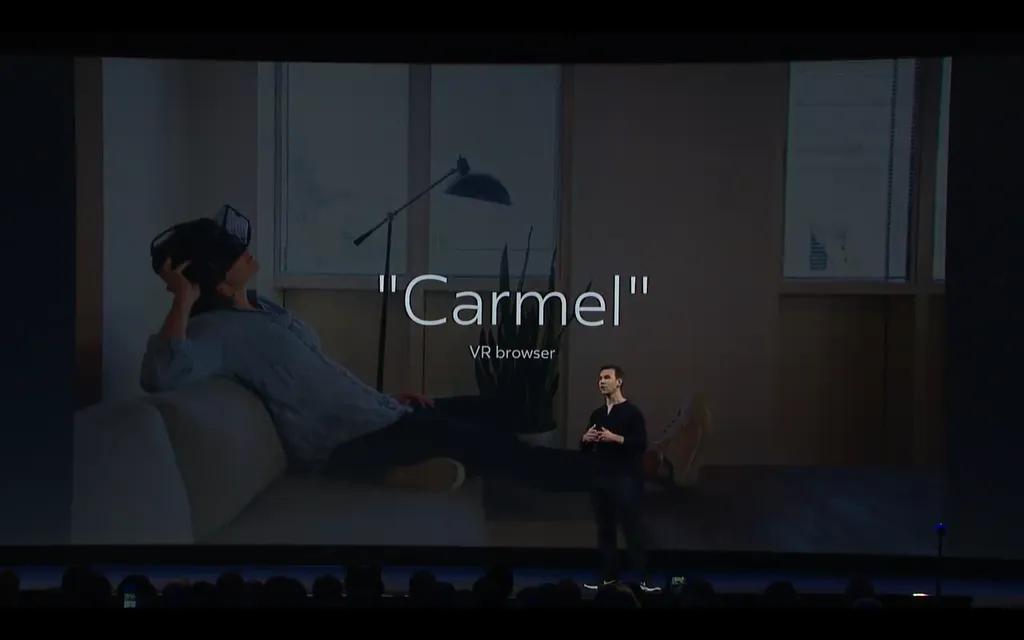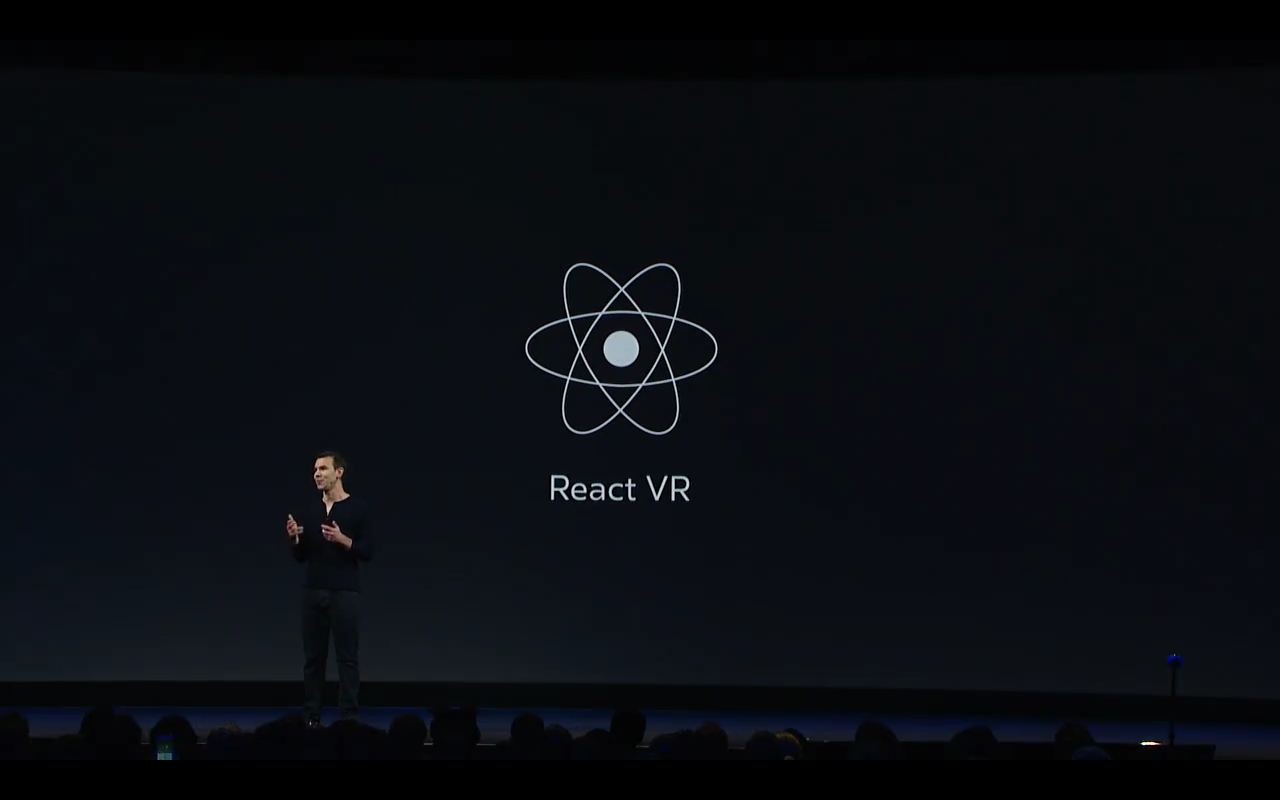Oculus announced a lot of exciting directions for the future of VR at its Oculus Connect 3 keynote today, but one piece of news that’s flying under the radar and really shouldn’t be is the company’s work with WebVR.
VP of Product Nate Mitchell talked about this area of VR — largely untouched by Oculus itself thus far — during his section of this morning’s show. It refers to VR and 360 degree experiences that are accessed in-browser, often making them simpler and more primative than native apps, but still providing essential services and entertainment. Mitchell himself exhibited a simple 360 degree hotel experience in which you could warp between locations, and a fully VR, position-tracked car viewer.
Today, Oculus revealed a new framework for building WebVR interfaces. It’s called React VR and, as the name suggests, it’s based on Facebook’s React, a JavaScript library designed to streamline the development of web-based experiences on mobile and PC platforms. This will do the same for creating WebVR content.
The biggest news, however, is that Oculus is developing its very own web browser to support experiences built with React VR. Currently codenamed Carmel, the browser will run on both Gear VR and Oculus Rift and is “fully optimized” for them. Little other information was revealed but Mitchell promised that a developer preview of the browser would be “coming soon”.
It’s easy to see why Oculus wants to boost this section of the VR industry; parent company Facebook is making a big push into 360 degree content with both images and videos. Oculus encouraging that growth means more people accessing that content in a shorter amount of time.
In the long-term, as VR adoption grows and headsets become more accessible, this could actually be one of the most important announcements out of Oculus Connect this year. For now, though, we’re more interested in the price of the Oculus Touch controllers and some of the new social experiences on display.



























